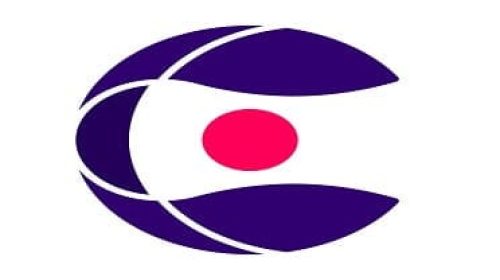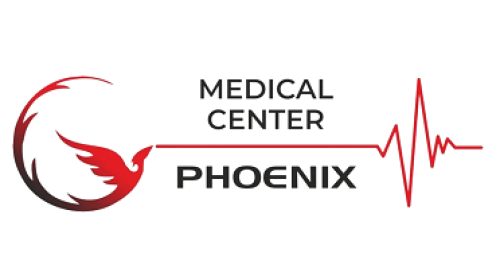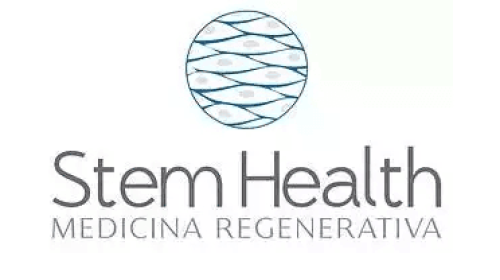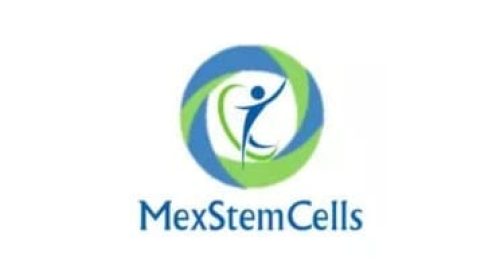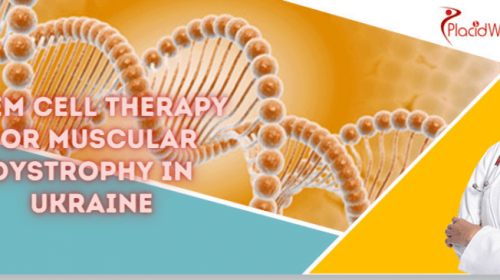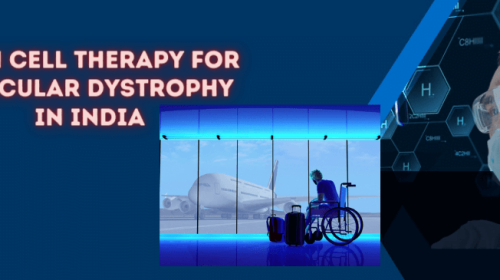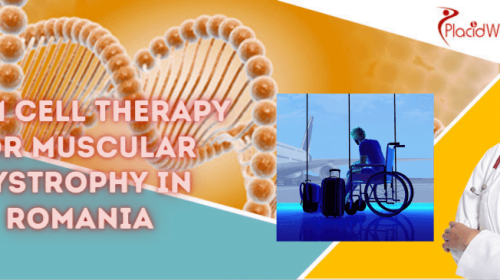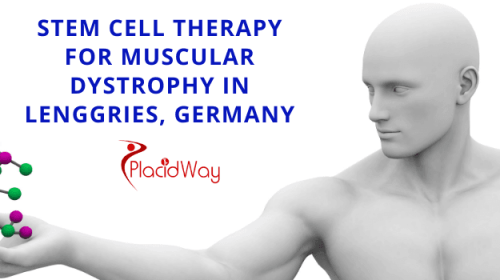Empowering Patients with Stem Cell Treatment for Muscular Dystrophy
Muscular dystrophy refers to a group of genetic disorders characterized by progressive weakness and degeneration of the muscles. It is caused by mutations in genes responsible for the structure and functioning of muscles. There are several types of muscular dystrophy, each with different patterns of inheritance, age of onset, and severity.
- Types of Muscular Dystrophy: The most common types include Duchenne muscular dystrophy (DMD), Becker muscular dystrophy (BMD), facioscapulohumeral muscular dystrophy (FSHD), limb-girdle muscular dystrophy (LGMD), and myotonic dystrophy (DM).
- Symptoms: Common symptoms include muscle weakness, progressive muscle wasting, difficulty in motor skills development, frequent falls, fatigue, joint contractures, respiratory difficulties, and cardiac issues. The age of onset, progression, and severity can vary depending on the type of muscular dystrophy.
- Diagnosis: Diagnosis typically involves a combination of physical examination, family history analysis, blood tests, muscle biopsies, electromyography (EMG), genetic testing, and imaging techniques like MRI. Early diagnosis is crucial for appropriate management and intervention.

How does Stem Cell Therapy help Muscular Dystrophy ?
Stem cell therapy holds promise for the treatment of muscular dystrophy, a group of genetic disorders characterized by progressive muscle degeneration and weakness. One potential approach is the use of mesenchymal stem cells (MSCs), which are multipotent cells capable of differentiating into various cell types, including muscle cells. When administered to individuals with muscular dystrophy, MSCs have the potential to replenish damaged muscle tissue and promote muscle regeneration.
In the context of muscular dystrophy, stem cell therapy aims to address two key aspects of the disease: muscle degeneration and inflammation. MSCs possess anti-inflammatory properties and can modulate the immune response, thereby reducing the inflammation that accompanies muscular dystrophy. By targeting and minimizing inflammation, MSCs create a more favorable environment for muscle regeneration
Procedure of Stem Cell Therapy for Muscular Dystrophy
Patient Evaluation
The first step involves a comprehensive evaluation of the patient’s medical history, physical examination, and diagnostic tests to determine the type and stage of muscular dystrophy. This may include genetic testing, muscle biopsies, imaging studies, and functional assessments.
Cell Sourcing
Once the diagnosis is confirmed, the next step is to obtain the necessary cells for regenerative treatment. In the case of muscular dystrophy, this typically involves sourcing either autologous or allogeneic stem cells. These cells can be derived from various sources, such as bone marrow, adipose tissue, or umbilical cord blood.
Cell Expansion and Culturing
The sourced stem cells are then isolated and cultured in a laboratory to expand their numbers. This step allows for an increased supply of cells for transplantation and ensures their optimal condition for therapeutic use.
Differentiation and Modification
In this stage, the expanded stem cells are guided to differentiate into the desired cell types, such as muscle cells or progenitor cells that can aid in muscle regeneration. Additionally, genetic modifications may be performed on the cells to correct any underlying genetic defects associated with the muscular dystrophy.
Transplantation
The differentiated and modified cells are then transplanted into the patient’s affected muscles or, in some cases, systemically infused into the bloodstream. The transplantation procedure may involve injections or surgical implantation, depending on the specific approach chosen by the medical team.
Follow-up Care
Following the transplantation, the patient’s progress is closely monitored through regular medical examinations, imaging, and functional assessments. Rehabilitation therapies, such as physical therapy and exercise programs, are often incorporated to maximize the benefits of the regenerative treatment
Best Stem Cell Centers for Muscular Dystrophy in the World
America, Bogota, Colombia
America, Guadalajara, Mexico
America, Guadalajara, Mexico
Regenerative Medicines Packages for Muscular Dystrophy
Don’t wait any longer to take control of your life and combat Muscular Dystrophy. With PlacidWay, you have the opportunity to access world-class treatment options that can make a significant difference. Start your journey today and pave the way towards a healthier and more fulfilling future!
Frequently Asked Questions
Is Muscular Dystrophy a curable condition?
Currently, there is no known cure for most types of Muscular Dystrophy. However, there are treatments and therapies available that can help manage the symptoms and improve quality of life.
Can physical therapy help individuals with Muscular Dystrophy?
Physical therapy plays a crucial role in managing Muscular Dystrophy. It can help improve muscle strength, mobility, flexibility, and overall functional abilities. Physical therapists can develop customized exercise programs and assistive device recommendations based on individual needs.
Are there success stories about stem cell treatment for Muscular Dystrophy?
While individual experiences may vary, there have been reported cases of positive outcomes and improvements in muscle function and quality of life in some individuals who have undergone stem cell treatment for Muscular Dystrophy. However, more research and clinical evidence are needed to establish the effectiveness and long-term benefits of this treatment approach.
How long does it take to see results from stem cell treatment for Muscular Dystrophy?
The timeline for seeing results from stem cell treatment can vary depending on individual factors and the specific treatment protocol. Some individuals may start to see improvements within a few months, while others may require longer periods of time for noticeable changes.
Are there age limitations for undergoing stem cell treatment for Muscular Dystrophy?
Age limitations for stem cell treatment may vary depending on the specific treatment protocol and the guidelines set by the medical professionals overseeing the treatment. It is important to consult with healthcare professionals to determine the eligibility criteria for stem cell treatment in each case.
Request Free Quote


